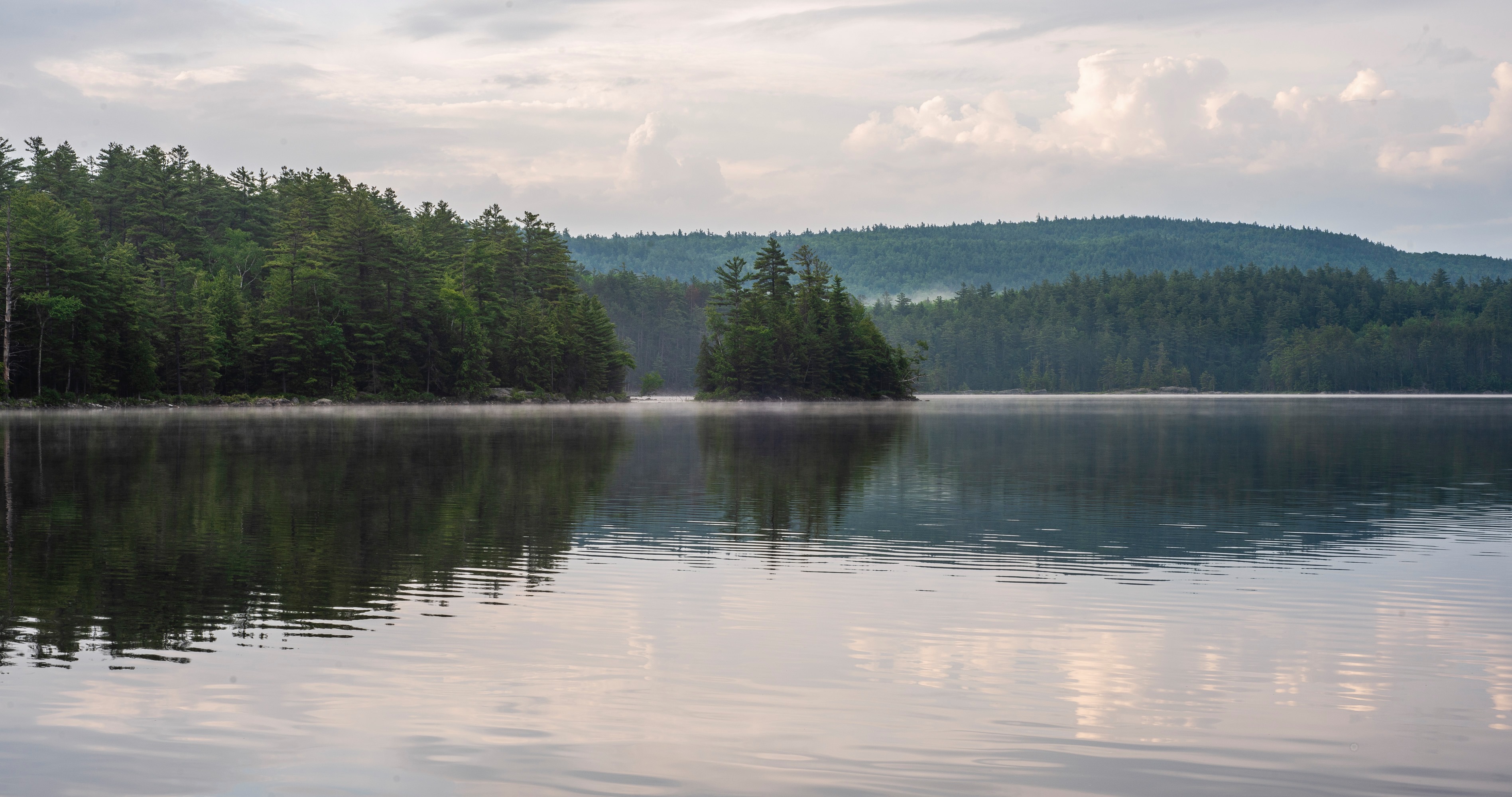
Aquatic Ecology
Linking aquatic environments to the organisms they support.

Trophic Ecology
Tracing energy flows and functional roles through freshwater food webs.

Community Ecology
Exploring how fishes interact, coexist, and respond to change.



